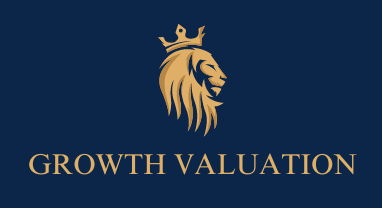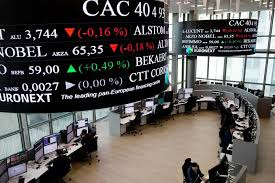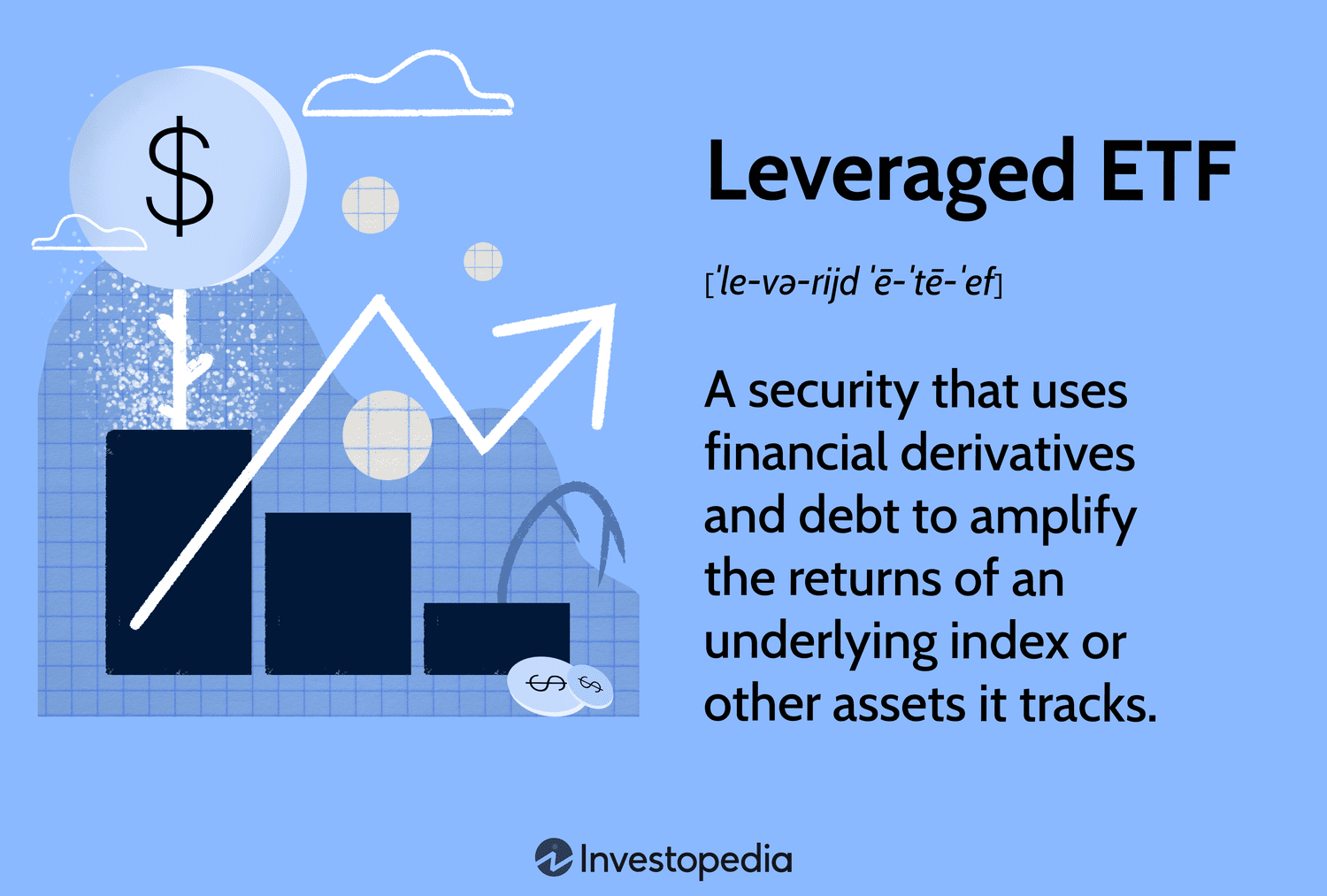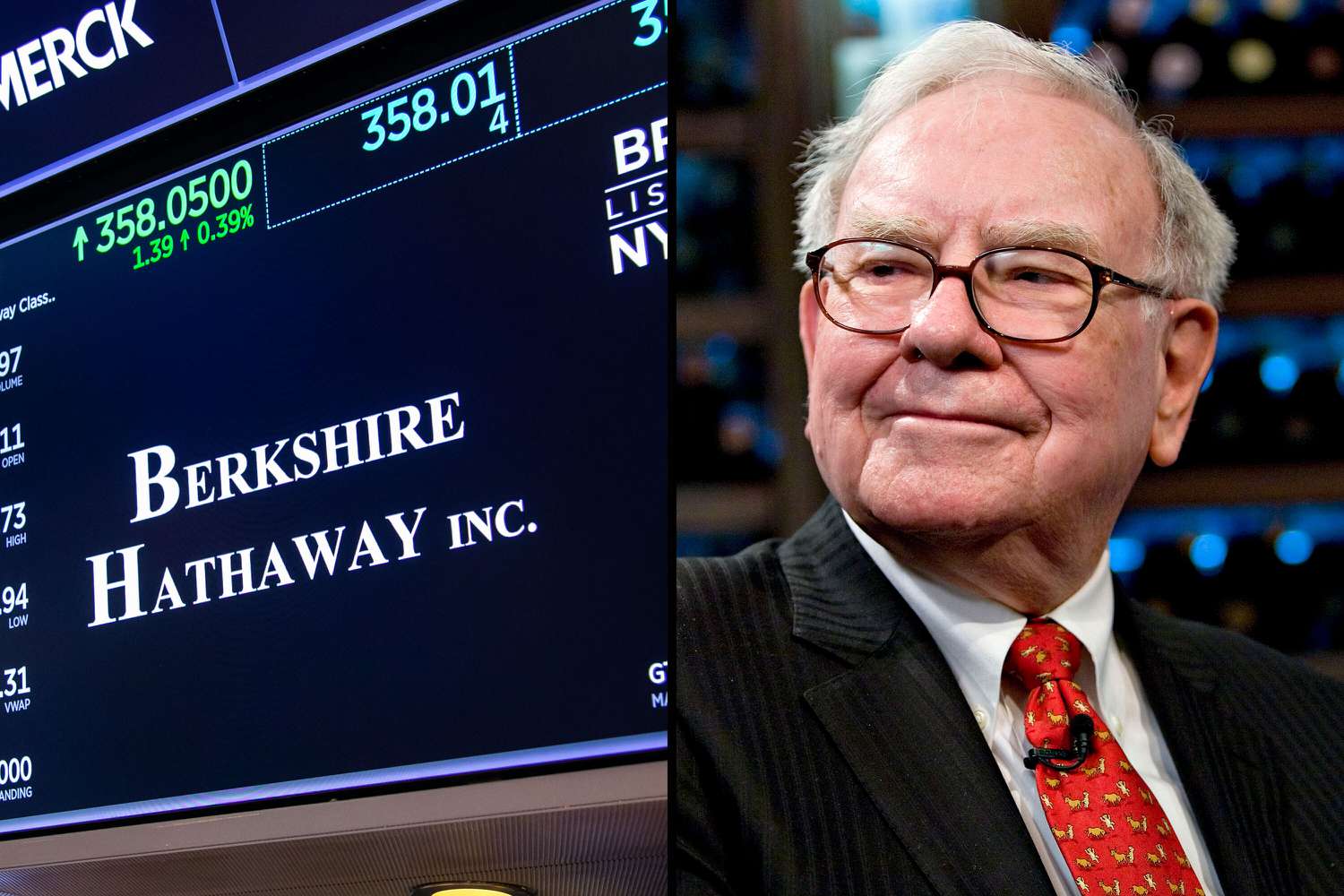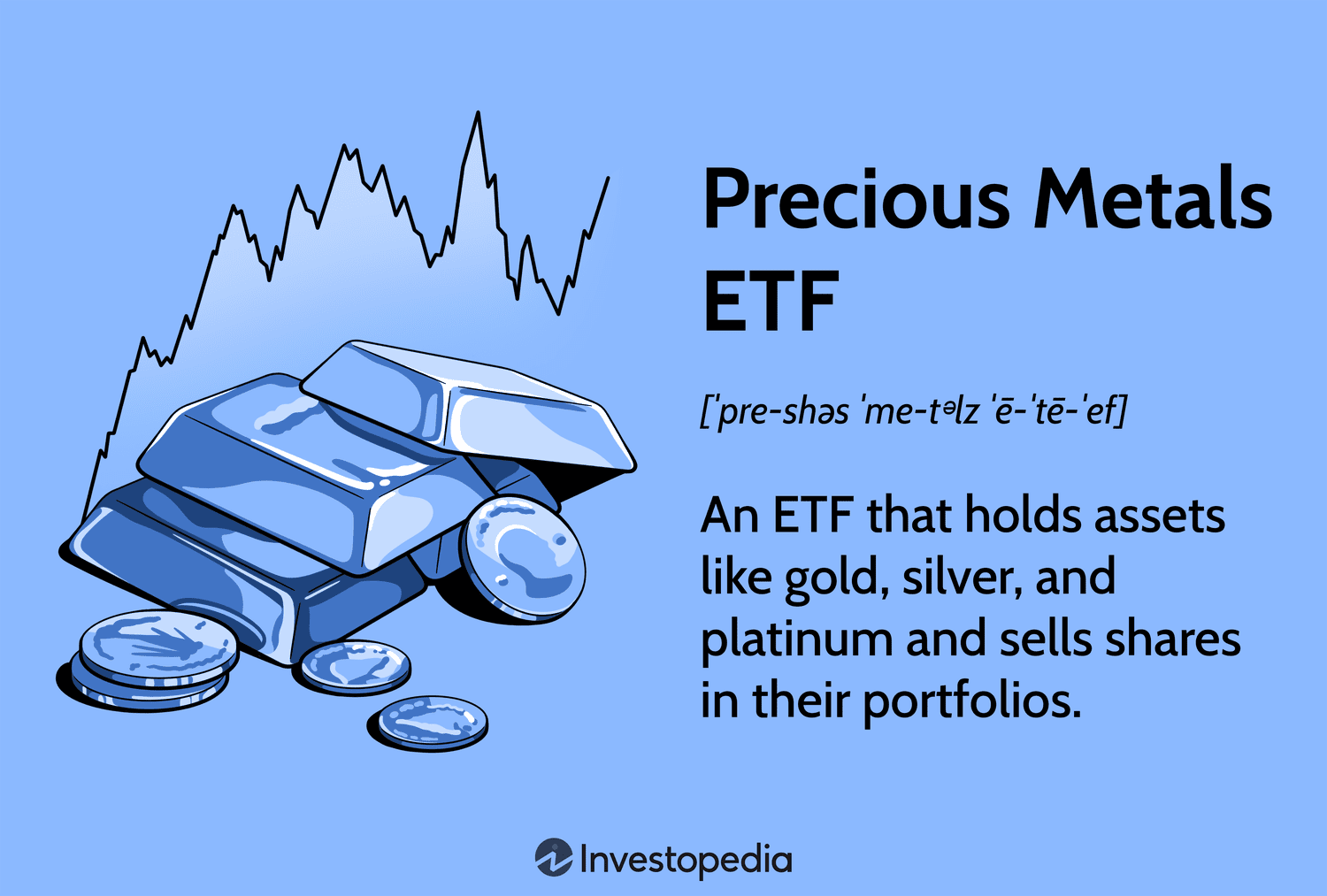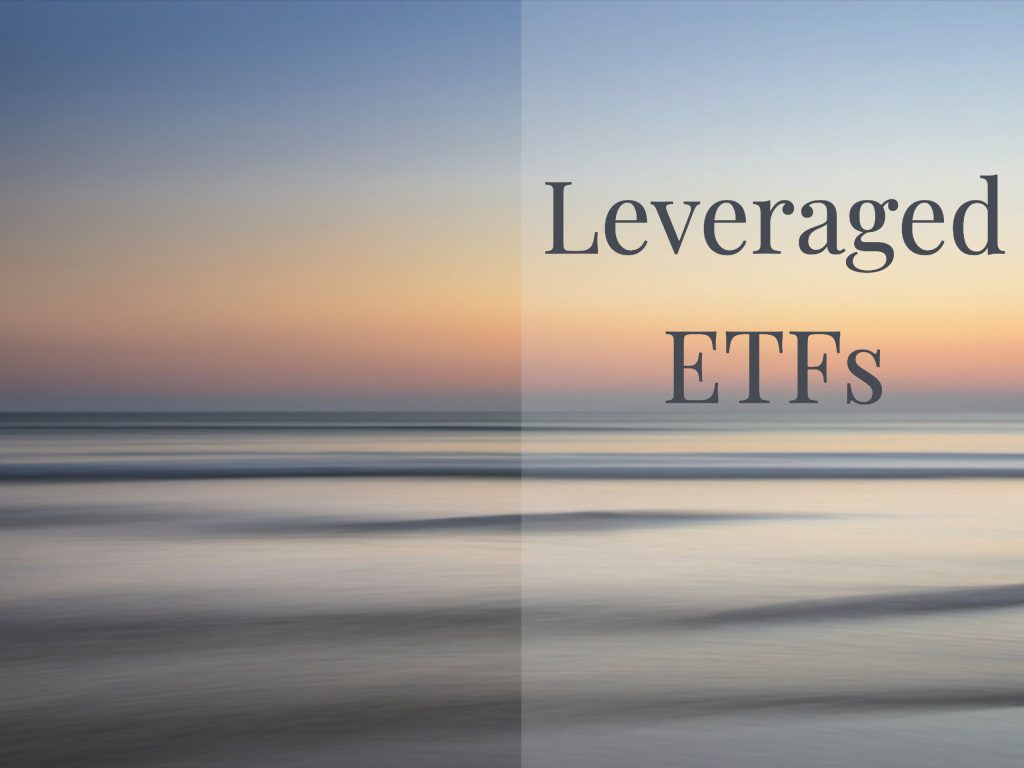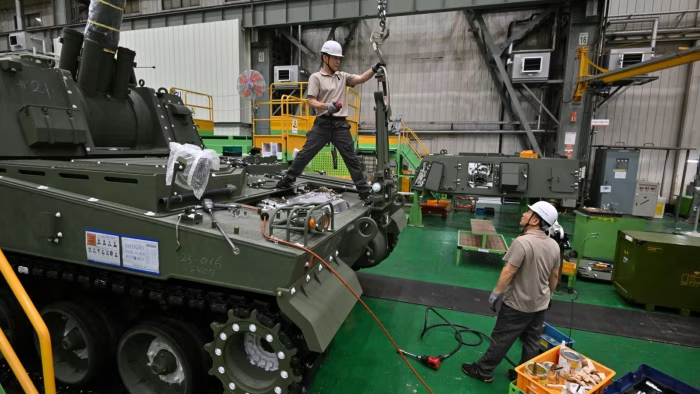

Introduction to the Defense Boom
The global defense industry has witnessed a seismic shift in recent years, with geopolitical tensions driving unprecedented demand for military equipment and technology. A striking visual from the Financial Times illustrates this trend vividly: share prices of major Asian defense companies have soared between Q1 2024 and Q1 2025, fueled by Europe’s aggressive re-armament efforts. Companies like South Korea’s Hanwha Aerospace and Japan’s Mitsubishi Heavy Industries have seen their stock values climb by over 300% in a single year, reflecting a broader surge in demand for defense products as Europe bolsters its military capabilities.
The Geopolitical Context Driving Demand
The surge in Asian defense stocks cannot be understood without examining the geopolitical landscape. Since Russia’s invasion of Ukraine in 2022, Europe has embarked on a historic re-armament campaign. NATO members, particularly those in Eastern Europe like Poland and the Baltic states, have ramped up defense spending to counter perceived threats. Germany, for instance, committed to a €100 billion special fund to modernize its military, while countries like Finland and Sweden accelerated their integration into NATO, further driving demand for military hardware.
This re-armament isn’t limited to Europe’s own manufacturers. Asian defense companies, particularly from South Korea and Japan, have emerged as key suppliers due to their competitive pricing, advanced technology, and ability to deliver at scale. South Korea’s K2 Black Panther tanks and K9 howitzers, produced by Hanwha Aerospace and its subsidiaries, have become particularly popular in Europe, with Poland signing a $5.8 billion deal in 2022 for 180 K2 tanks and 212 K9 howitzers—a deal that has since expanded.
Key Players in the Asian Defense Sector
Hanwha Aerospace (South Korea): Leading the pack with the highest share price growth, Hanwha Aerospace has become a global powerhouse in artillery and armored vehicles. Its K9 howitzer has been a standout, with exports to Poland, Norway, and Estonia.
Mitsubishi Heavy Industries (Japan): A diversified industrial giant, Mitsubishi has a strong defense arm, producing everything from fighter jets to naval vessels. Japan’s relaxation of arms export restrictions in 2024 has allowed Mitsubishi to tap into European markets.
IHI Corp (Japan): Known for its aero-engines and defense systems, IHI has benefited from Japan’s increased defense budget and export opportunities.
Kawasaki Heavy Industries (Japan): Another Japanese conglomerate, Kawasaki is a major player in naval and aerospace defense, producing submarines and helicopters for both domestic and international clients.
Hyundai Rotem (South Korea): A key manufacturer of tanks and armored vehicles, Hyundai Rotem has seen steady growth, particularly due to its role in supplying K2 tanks to Poland.
Korea Aerospace Industries (South Korea): The maker of the FA-50 light combat aircraft, KAI has secured contracts in Poland and other European nations, boosting its stock performance.
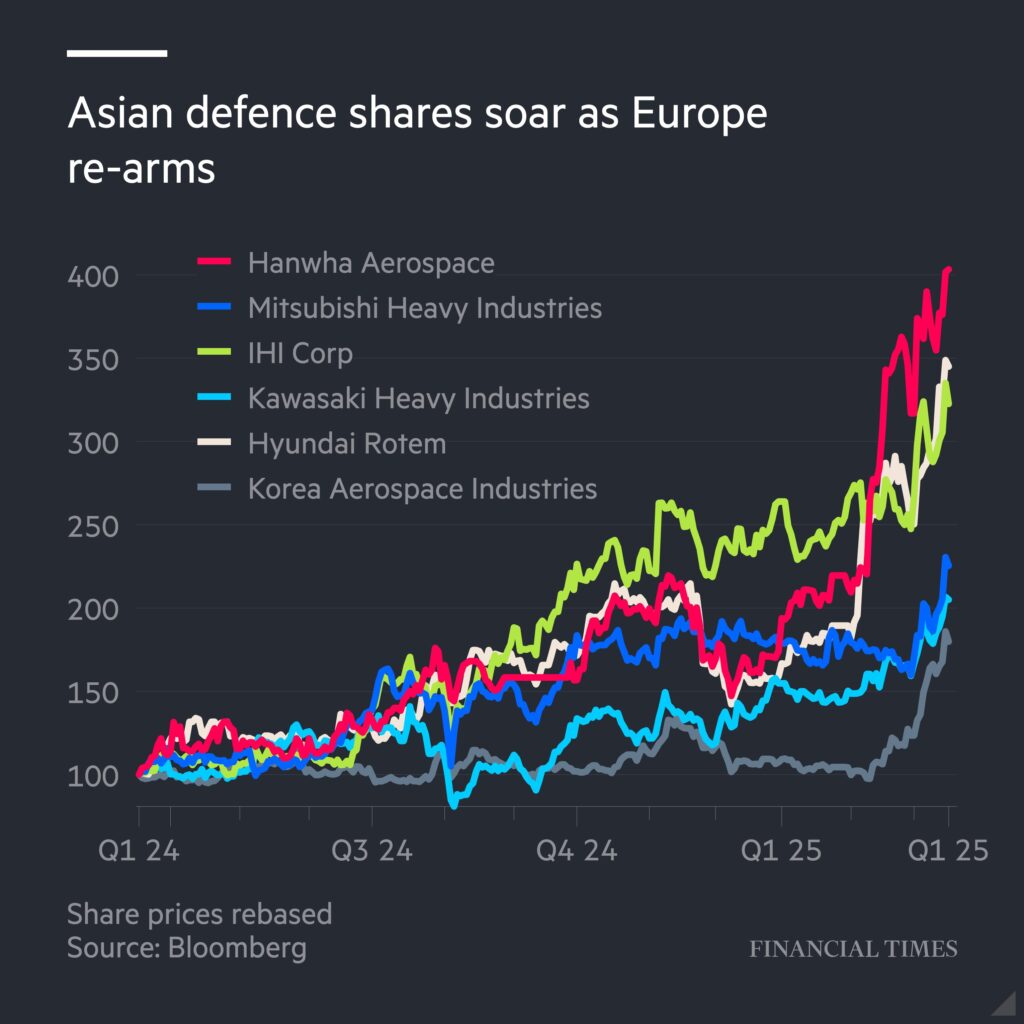
Why Asian Companies Are Winning in Europe
Several factors explain why Asian defense firms are outpacing their Western counterparts in capturing European contracts. First, cost-effectiveness plays a major role. South Korean and Japanese defense products often come with a lower price tag than those from American or European manufacturers like Lockheed Martin or BAE Systems, without compromising on quality. For example, the K9 howitzer is reportedly 30-40% cheaper than its German equivalent, the PzH 2000, while offering comparable performance.
Second, Asian companies have demonstrated agility in production and delivery. Hanwha Aerospace, for instance, has scaled up its production lines to meet Poland’s urgent needs, delivering the first batch of K9 howitzers within months of signing the contract. This speed contrasts with the often slower timelines of Western manufacturers, who are grappling with supply chain disruptions and bureaucratic delays.
Finally, strategic partnerships and technology transfers have sweetened the deal. South Korea, in particular, has offered to establish local production facilities in Europe as part of its contracts, creating jobs and fostering long-term collaboration. Poland’s deal with Hanwha includes plans for a maintenance and production hub, ensuring sustained economic benefits for the buyer.
Challenges and Risks
Despite the bullish outlook, Asian defense companies face several challenges. First, geopolitical risks remain a wildcard. While Europe’s re-armament is currently a boon, any de-escalation of tensions—such as a potential ceasefire in Ukraine—could dampen demand. Additionally, competition from Western manufacturers is intensifying as they ramp up production and lobby for domestic procurement.
Second, supply chain constraints pose a threat. The global semiconductor shortage, which has persisted into 2025, affects the production of advanced defense systems that rely on cutting-edge electronics. Asian companies, while agile, are not immune to these disruptions.
Finally, there’s the risk of over-reliance on exports. South Korea and Japan have historically focused on domestic defense needs, but their recent export boom means they are now more exposed to international market fluctuations. A shift in European procurement policies, such as a preference for “made in Europe” products, could impact future growth.
The Broader Implications for Global Markets
The rise of Asian defense stocks has ripple effects beyond the defense sector. For one, it signals a shift in the global arms trade, with South Korea and Japan emerging as major players alongside traditional powers like the U.S., Russia, and France. This diversification could lead to more competitive pricing and innovation in defense technology, benefiting buyers worldwide.
For investors, the defense sector has become a hotbed of opportunity. The 300%+ gains in companies like Hanwha Aerospace highlight the potential for outsized returns, though the risks mentioned earlier warrant caution. Analysts predict that defense stocks will remain a strong performer in 2025, particularly as Indo-Pacific tensions—such as those involving China and North Korea—drive further demand.
Moreover, the success of Asian defense firms is strengthening economic ties between Asia and Europe. South Korea’s trade surplus with Poland, for example, has ballooned due to defense exports, fostering closer diplomatic and economic collaboration. This trend could pave the way for broader partnerships in other industries, such as renewable energy and technology.
Our opinion
Looking forward, the outlook for Asian defense companies remains strong, but their success will depend on their ability to navigate a complex and evolving landscape. As Europe continues to re-arm and global tensions persist, these firms are well-positioned to play a pivotal role in shaping the future of the defense industry. For now, their soaring share prices are a clear signal: the Asian defense sector is a force to be reckoned with.



